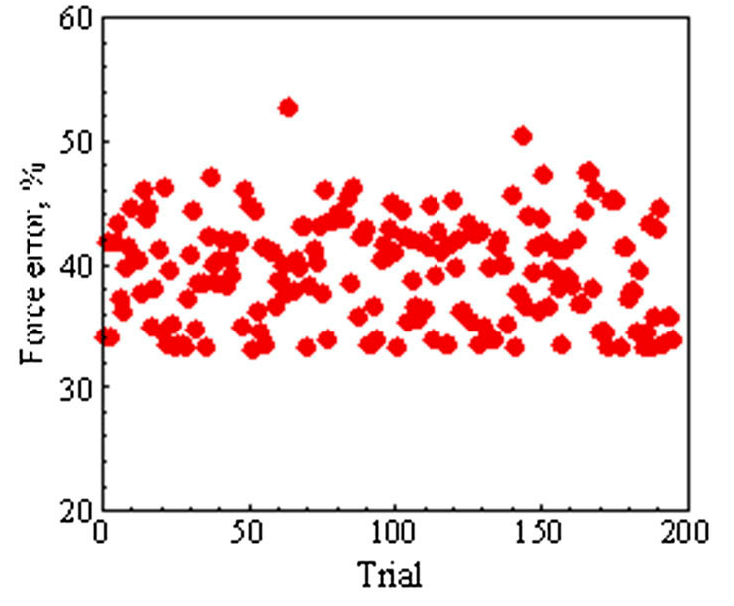Phonon optimized interatomic potential for aluminum


Abstract

We address the problem of generating a phonon optimized interatomic potential (POP) for aluminum. The POP methodology, which has already been shown to work for semiconductors such as silicon and germanium, uses an evolutionary strategy based on a genetic algorithm (GA) to optimize the free parameters in an empirical interatomic potential (EIP). For aluminum, we used the Vashishta functional form. The training data set was generated ab initio, consisting of forces, energy vs. volume, stresses, and harmonic and cubic force constants obtained from density functional theory (DFT) calculations. Existing potentials for aluminum, such as the embedded atom method (EAM) and charge-optimized many-body (COMB3) potential, show larger errors when the EIP forces are compared with those predicted by DFT, and thus they are not particularly well suited for reproducing phonon properties. Using a comprehensive Vashishta functional form, which involves short and long-ranged interactions, as well as three-body terms, we were able to better capture interactions that reproduce phonon properties accurately. Furthermore, the Vashishta potential is flexible enough to be extended to Al2O3 and the interface between Al-Al2O3, which is technologically important for combustion of solid Al nano powders. The POP developed here is tested for accuracy by comparing phonon thermal conductivity accumulation plots, density of states, and dispersion relations with DFT results. It is shown to perform well in molecular dynamics (MD) simulations as well, where the phonon thermal conductivity is calculated via the Green-Kubo relation. The results are within 10% of the values obtained by solving the Boltzmann transport equation (BTE), employing Fermi’s Golden Rule to predict the phonon-phonon relaxation times.
